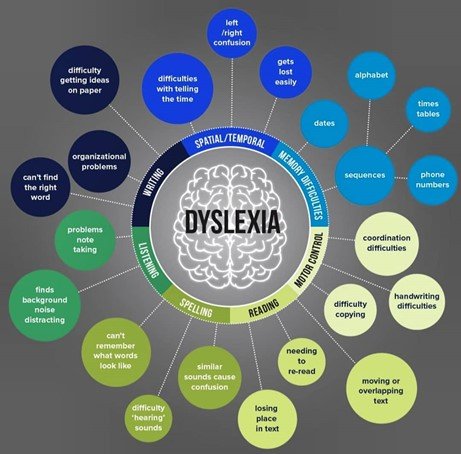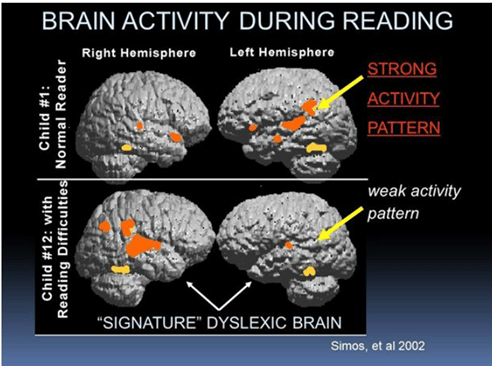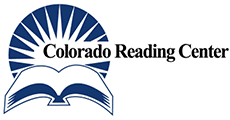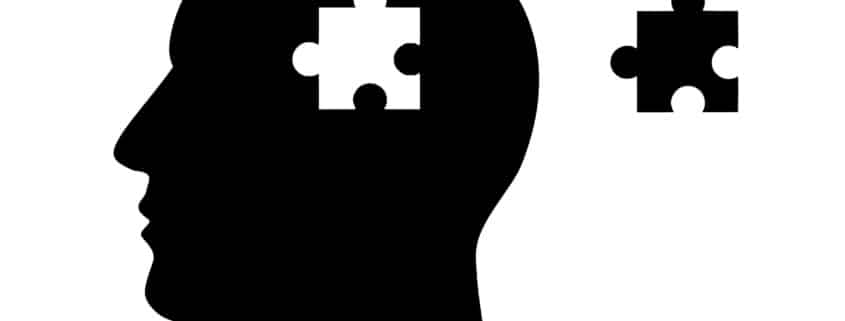What is Dyslexia?
What is Dyslexia?
Dyslexia is a learning disability that affects a person’s phonological processing, making reading and writing challenging for the individual. People with dyslexia experience difficulty in identifying speech sounds and/or learning how they relate to letters and words. While not every person with dyslexia experiences the same symptoms and difficulties with reading, dyslexia is a deficit in phonological processing.
For example, people who are dyslexic may also struggle with reading comprehension, writing, spelling, and even math. Young dyslexics also tend to struggle with other things unrelated to reading, like attention span, sequencing (remembering things in order), motor control, and left and right confusion leading to wider issues affecting social interaction, memory, and dealing with stress. Dyslexics can end up struggling with everyday activities that most people take for granted because of the far-reaching issues stemming from dyslexia.
In order to understand how dyslexia affects our students and young readers, we need to take a look at phonological processing. Phonological processing is using all of the sounds of a language in order to process both spoken and written language. Phonological processing is a broad category that includes phonological awareness, working memory, and information retrieval. People who are diagnosed with dyslexia may struggle with one or all of these pieces of phonological processing.

Recent Research
While science is constantly evolving and creating new insight into dyslexia and its effects, researchers have not yet determined what exactly causes dyslexia. What they do know, however, is that dyslexia is genetic; in other words, a child is more likely to develop dyslexia if one of their parents is dyslexic. Furthermore, if that child has any siblings, there is a 40% chance that the sibling could also have problems reading.
Researchers are getting closer to understanding exactly which parts of the brain are affected. When a person is reading, both hemispheres of the human brain are active, but the left hemisphere does most of the work. Pathways are created during the reading process, and each has a specific function. For instance, there is a pathway that facilitates ‘sight recognition’ (recognizing a word just by looking at it rather than breaking it down by individual sounds), which leads to another developed pathway that allows the reader to remember the meaning of that recognized word. This results in a series of connections leading to speech, articulation, and pronunciation. All of these processes happen simultaneously throughout the brain for a fluent reader.
For someone with dyslexia, these internal pathways and connections form differently. There is little understanding as to why these differences occur, but researchers have found that the left hemisphere of the brain in a dyslexic person lacks the necessary connection to facilitate the pathways which allow a reader to become fluent. Instead, the right hemisphere begins to overcompensate and work harder to create those connections that are needed to read and comprehend. Below is a graphic that shows the activity in a brain of a non-dyslexic reader versus that of a dyslexic reader.

Resources
If you struggle with dyslexia, know that you are not alone! Dyslexia is much more common than one might initially believe. Research has found that nearly 18% of the population is dyslexic. That is almost 1 out of every 5 people! Our resources at the Colorado Reading Center can help relieve some of the struggle and stress that may be caused by dyslexia. We provide resources to help readers, young and old, develop the essential skills for reading success.
People of all ages can suffer from dyslexia. However early interventions with young students, typically between Kindergarten and fifth grade, have been shown to be most effective. There are plenty of resources including books and videos to help understand the possibilities of overcoming Dyslexia, and there are numerous organizations such as the Colorado Reading Center that offer professional services for dyslexia remediation.





